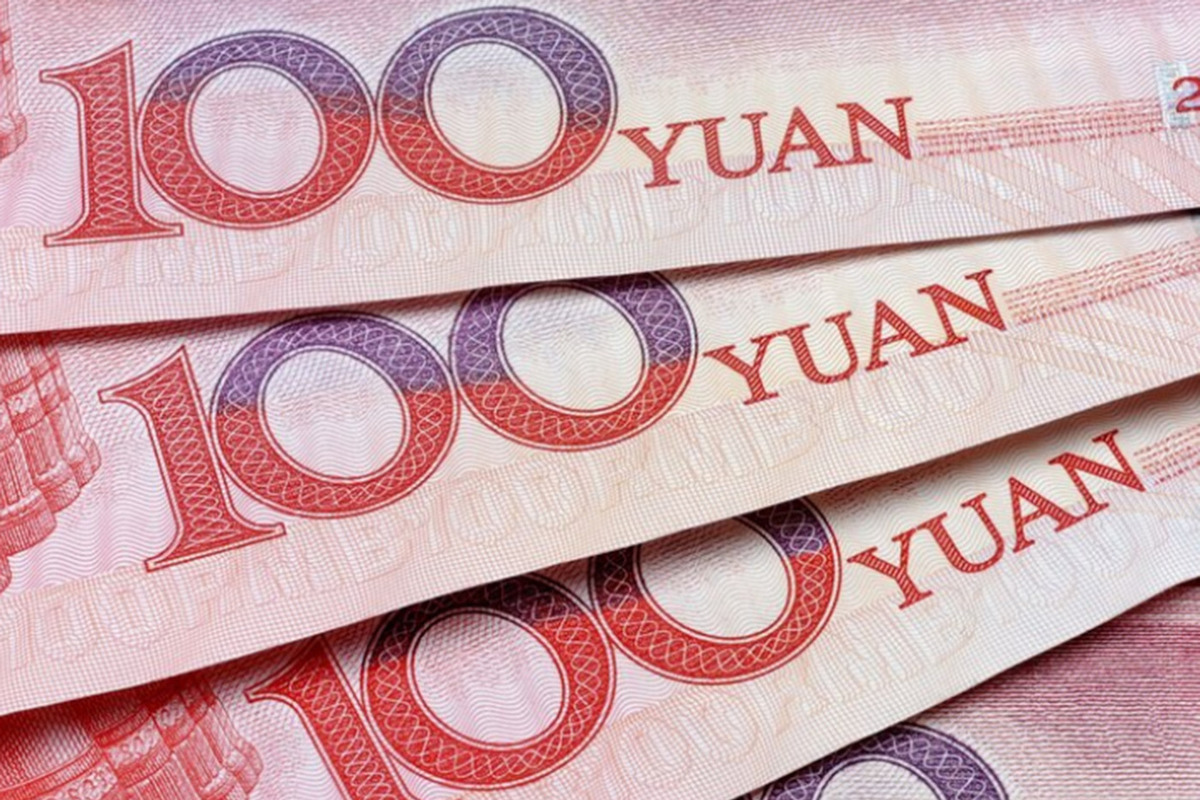The main disadvantages of Russia’s transition to settlements in friendly currencies are named
[ad_1]

“Difficult to use and convert”
Russian foreign trade has acquired a completely new “currency face”: now, in Moscow’s settlements with its counterparties abroad, rubles and yuan are mainly used. Instead of the old, but already evil dollars and euros. In particular, according to the Ministry of Economic Development, the share of the ruble in the export operations of the Russian Federation more than tripled and exceeded 40%, and the share of banknotes of friendly countries reached 32%. There are clearly more disadvantages for the economy than advantages, but there is no escape: this is a geopolitical reality.
Meanwhile, at the beginning of 2022, the yuan, Indian rupee, UAE dirham, Turkish lira, South African rand and other currencies of friendly countries were, along with the ruble, on the sidelines of the Russian foreign trade settlement system that had developed by that time: their total share in exports did not exceed 15%, in imports – 33% (today – 69%). A lot has happened since then, and in July 2023, according to the Central Bank, Moscow received less than 28% of its export revenues in dollars and euros, and transferred less than 31% of them for imports.
In the case of the yuan, the information published on September 27 by the European Bank for Reconstruction and Development (EBRD) is indicative. As its analysts found out, after analyzing 12 million accounting data on Russian import transactions, already in the second half of 2022, the Chinese national currency surpassed the dollar in value terms of those goods that Beijing has supplied to Moscow since the beginning of the year. Moreover, the yuan began to be actively used in trade settlements between Russia and third countries – Mongolia, Taiwan, the Philippines, Malaysia, the United Arab Emirates, Thailand, Japan, Tajikistan and Singapore. The yuan was even involved in occasional import transactions from the USA, the European Union and the UK (1-2% in terms of transaction volume), the EBRD noted.
However, this situation is fraught with risks. For example, as the Japanese newspaper Nikkei wrote in February 2023, if something goes wrong in the Chinese economy, “financial contagion” to Russia could occur. Since the yuan exchange rate is actively managed by the state, Russian savings in this currency are vulnerable to Chinese interventions, the publication believes. As for the Turkish lira, UAE dirham, South African rand, then, according to the EBRD, they account for only 5-15% of Moscow’s bilateral turnover with Ankara, Delhi, Abu Dhabi and Pretoria. Accordingly, there is no need to talk about any serious risks for Russia in this case.
“The fact that the role of friendly currencies in foreign trade has grown so much for us in a relatively short period of time is a forced scenario,” says the director of the Center for Structural Research at RANEPA. Alexey Vedev. — This reality cannot be corrected; it can only be stated. The main problem is related to the low liquidity of these currencies, which creates large imbalances in mutual settlements. For example, with India, this disproportion is simply monstrous: $70 billion in Russian exports (for which Delhi pays in rupees that are useless to us) versus $5-6 billion in Indian supplies per year. The exporters themselves are powerless to change anything here: financial regulators, including our Central Bank, must think about how to reduce imbalances to a minimum. This is what is called a swap in stock exchange parlance.”
As for the Russian currency, Vedev does not see any particular problems with it. The only significant point is that the motivation of exporters has changed dramatically: if in previous years they were interested in a weak ruble (in order to get the maximum amount of “wooden” money for dollars and euros), today the situation is the opposite: they need higher (even formal) ruble quotations to dollar and euro.
“Under the conditions of sanctions and strict restrictions on the use of the dollar and euro, the transition to settlements in the currencies of friendly countries was inevitable,” says BitRiver financial analyst Vladislav Antonov. – On the one hand, this helps to ensure the sustainability of trade relations with these partners and reduce dependence on toxic currencies. And the increased use of the ruble strengthens its international position. However, the risks largely outweigh the benefits. In particular, inconvertibility makes it difficult to subsequently use the funds received, and low liquidity limits the possibility of conversion into other currencies and instruments. The yuan is extremely dependent on the emission policy of the People’s Bank of China.”
Therefore, in the long term, it is necessary to create an alternative payment system within the BRICS framework in order to exclude the dollar from foreign trade payments. As Antonov recalls, Russian Finance Minister Anton Siluanov announced this at the alliance summit in August. We are talking about a unit of account, not a single currency such as the euro.
[ad_2]
Source link






